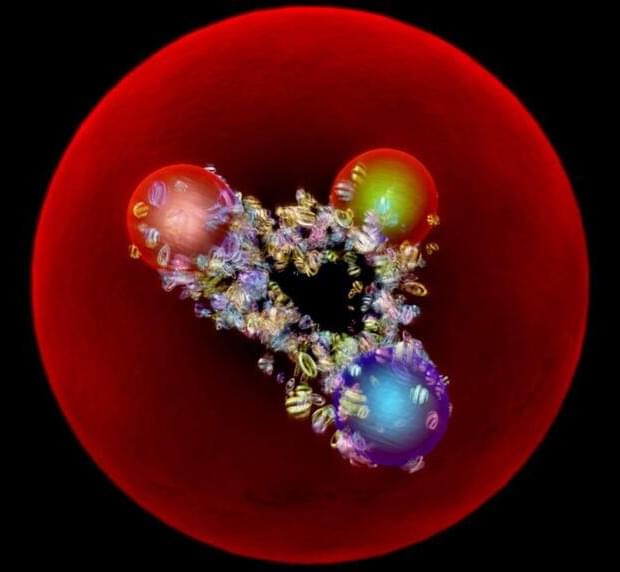While the Large Hadron Collider (LHC) is well known for smashing protons together, it is actually the quarks and gluons inside the protons – collectively known as partons – that are really interacting. Thus, in order to predict the rate of a process occurring in the LHC – such as the production of a Higgs boson or a yet-unknown particle – physicists have to understand how partons behave within the proton. This behavior is described in Parton Distribution Functions (PDFs), which describe what fraction of a proton’s momentum is taken by its constituent quarks and gluons.
Knowledge of these PDFs has traditionally come from lepton–proton colliders, such as HERA at DESY. These machines use point-like particles, such as electrons, to directly probe the partons within the proton. Their research revealed that, in addition to the well-known up and down valence quarks that are inside a proton, there is also a sea of quark–antiquark pairs in the proton. This sea is theoretically made of all types of quarks, bound together by gluons. Now, studies of the LHC’s proton–proton collisions are providing a detailed look into PDFs, in particular the proton’s gluon and quark-type composition.
